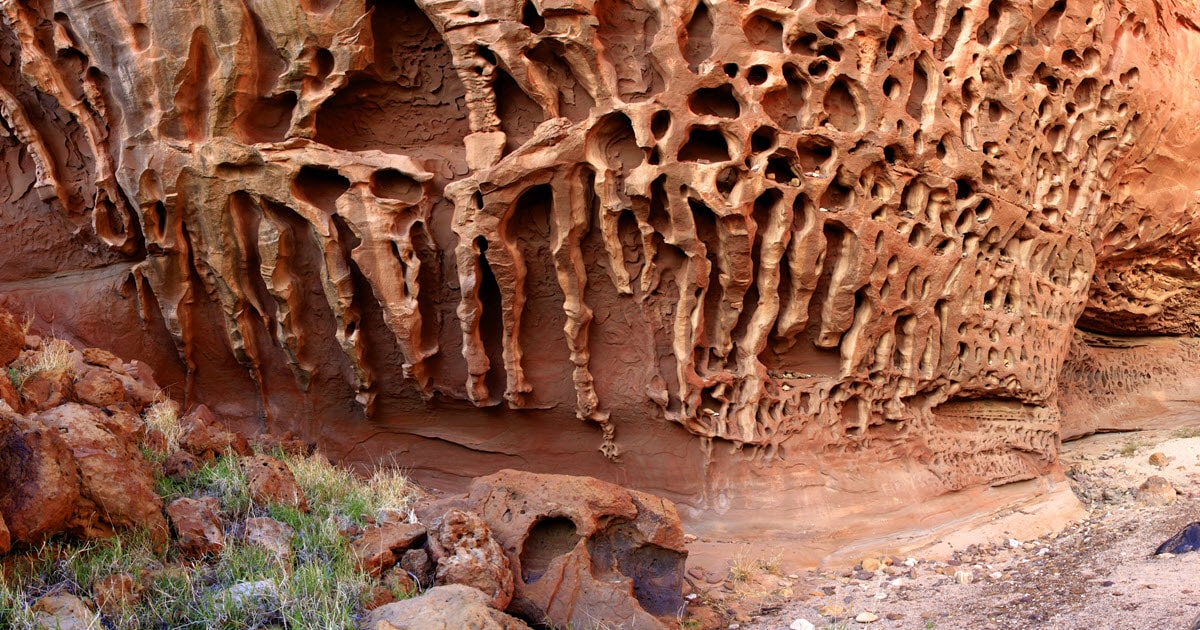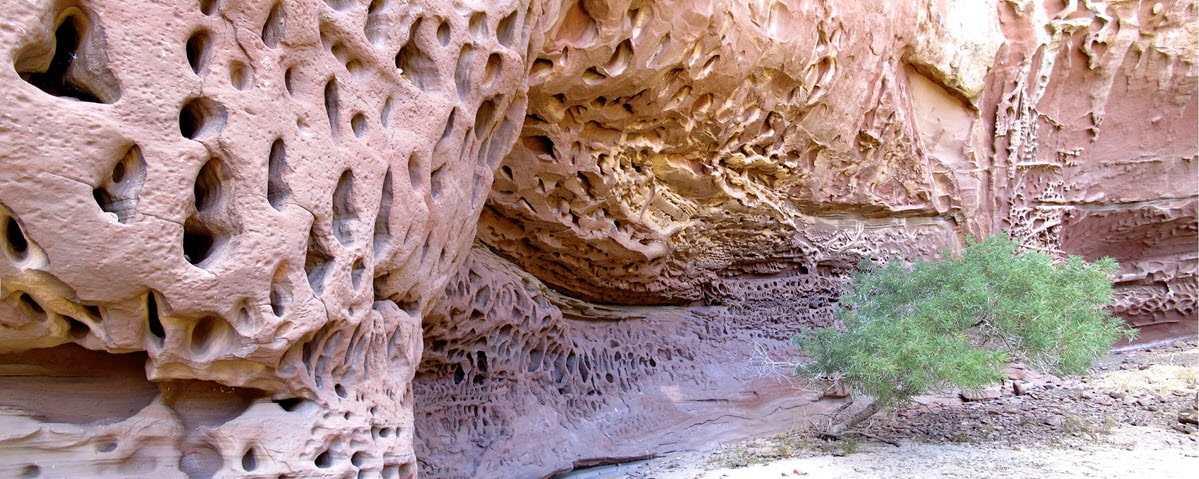
For nature lovers and those who simply want to take a break from the hectic city life, Kennedy Range National Park has plenty to offer.
Located in the Gascoyne region of Western Australia, the Kennedy Range National Park lies around 830 kilometres north of Perth and approximately 150 kilometres east of Carnarvon.
The spectacular weathered plateau covers an area measuring 1,416.6 square kilometres. Forming a huge mesa, the natural landscape features sandstone cliffs on the southern and eastern sides, interrupted only by canyons rising to steep elevations of 100 metres.
Once home to the Maia and the Malgaru aborigines, archaeological evidence suggests that this area was inhabited by these indigenous Australians for more than 20,000 years before the Europeans arrived.
So, if you have the Kennedy ranges on your travel bucket list, you’ll not only be steeped in the beauty of nature but also visit a place of great cultural and historical significance.
While there, you can keep yourself actively engaged with the following things to do:
Got a taste for adventure? If you’re riding a high-clearance and capacity four-wheel-drive vehicle, you can access the western side of the Kennedy Range National Park via the Gascoyne River crossing comprising around 200 metres of soft sand.
Do note that the track is really rough and there are no marked walk trails in this area. So, before embarking on this activity, do your research and make sure you have all the equipment and supplies you need to safely manoeuvre this track.
You could also check at the information shelter found on the southern side of the Gascoyne River or at the one located around 35 kilometres north of the river, along the track leading from the west.
There are two classes of walk trails in Kennedy Range:
The Kennedy Range National Park features six walk trails, namely Temple Gorge, Honeycomb Gorge, Drapers Gorge, the Escarpment Trail - which takes you to the top of the range - the Escarpment Base Trail, and Sunrise View.

Picking the most suitable season for walking along one - or more - of these trails is also important. For many, the best time to visit the park is August to September, when the more-than-80 species of wildflowers start to appear in their natural wildlife habitat after heavy rains.
Also, make sure to keep an eye on trail markers that signify the correct path - since some of these trails can be tricky to navigate. Although, looking out for trail markers is always important, regardless of the trail’s difficulty.
Kennedy Range National Park camping is another popular activity for this side of Western Australia. The clear night sky allows for a stunning star display that is perfect for stargazing.
You can go to the Temple Gorge campground, which is a bush campsite. Booking is not required here and camping fees are $8 for adults, $6 for concession and $3 for children (up to 15 years of age).
Take note that Kennedy Ranges camping requires you to be self-sufficient as there is no water available here. However, there are drop toilets and a communal fireplace in the facility. There are camp hosts at the site from May to September, but if you come anytime outside of this period, you can pay via an honesty box.
Campers are advised to collect or purchase firewood before going to the park. Personal campfires are discouraged and fires are not permitted during summer and windy weather.
If you’d prefer a stay with access to water, power and amenities, consider camping in Carnarvon after your long day exploring the National Park.
Hikers and campers are advised to come well-prepared and be self-sufficient, especially during the hotter months (December to March) when the risk of dehydration and exposure is especially high.
For your safety, try to observe the following tips:
The Kennedy Range National Park is a natural gem well worth the trip and ranks highly among the best national parks on offer in Western Australia.
If you’re headed to Carnarvon, make sure you book your accommodation at Carnarvon Capricorn Holiday Park. Here, you can prepare for the Kennedy Ranges leg of your journey and rest and recharge after spending time at the park.
What activities can I do at Kennedy Range National Park?
Kennedy Range National Park offers a variety of activities for nature lovers and adventurers. You can explore the many walk trails available, including Temple Gorge, Honeycomb Gorge, and Drapers Gorge.
If you're looking for a challenge, you can take on the Escarpment Trail or the Escarpment Base Trail. Additionally, you can camp underneath the stars and enjoy the beautiful night sky or rough it out on a 4WD ride.
What are the best months to visit Kennedy Range National Park?
The best time to visit Kennedy Range National Park is from August to September. During this period, the park is at its most beautiful, with over 80 species of wildflowers appearing in their natural wildlife habitat after heavy rains.
However, if you're planning a trip during the hotter months (December to March), it's important to come well-prepared and be self-sufficient as the risk of dehydration and exposure is especially high.
Is Kennedy Range National Park safe for visitors?
Yes, Kennedy Range National Park is generally safe for visitors. However, it's important to observe safety precautions, such as walking in groups, sharing your itinerary with family or close friends, carrying enough drinking water, monitoring the weather, and wearing sun protection and appropriate hiking gear. Visitors should also be aware of potential hazards, such as loose dirt and rocks, undercut cliff edges, and uneven ground.
Can I camp at Kennedy Range National Park?
Yes, camping is allowed at Kennedy Range National Park. The Temple Gorge campground is a bush campsite that does not require booking, and camping fees are $8 for adults, $6 for concession, and $3 for children (up to 15 years of age).
However, visitors should note that Kennedy Ranges camping requires you to be self-sufficient as there is no water available in the park. It's also important to collect or purchase firewood before going to the park and to avoid personal campfires, especially during summer and windy weather.